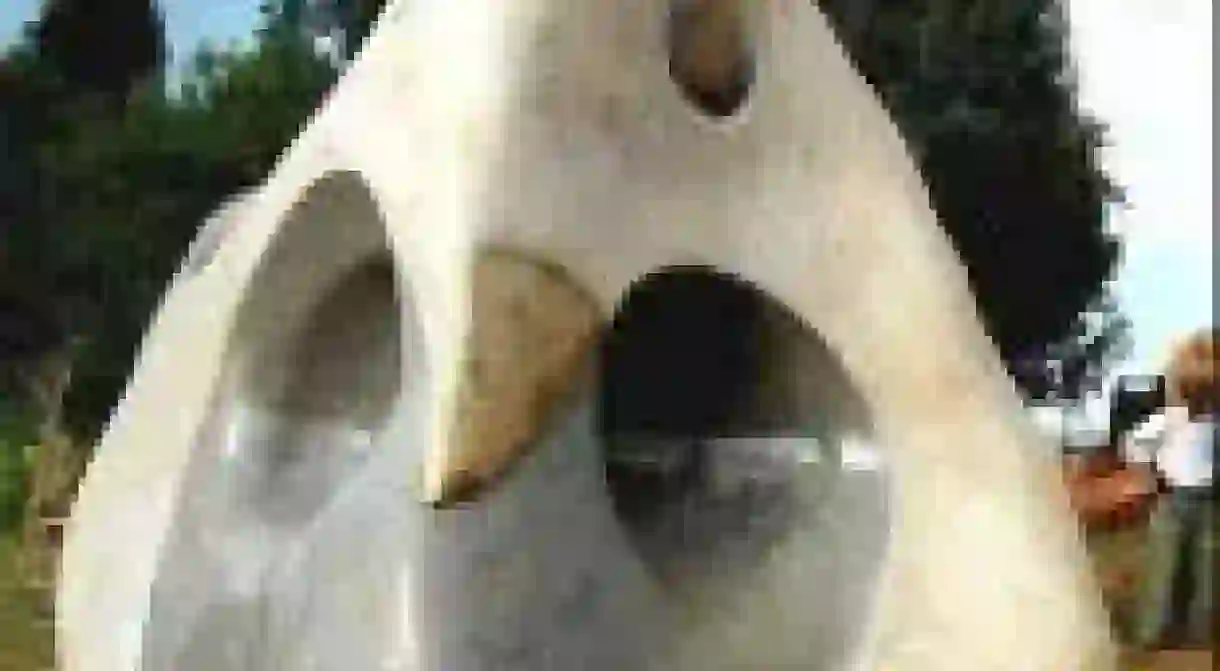Elkana Ong'esa's Traditional Soapstone Sculptures

Kenyan artist Elkana Ong’esa creates one-of-a-kind soapstone sculptures that have been exhibited around the world. The UNESCO building in Paris, for example, has displayed Bird of Peace at its entrance since 1976. We find out more.
Most of Ong’esa’s pieces are made out of a type of soapstone called Kisii stone, which is a traditional material found in the Kisii region of southwestern Kenya. According to Ong’esa, although soapstone is found in many other countries around the world, Kenyan soapstone is unique. It can be found in white, pink, grey and even black, and is quite soft in comparison. Soapstone is created when lava cools underwater. Consequently, communities in this region have been using Kisii stone for generations; rock art carvings were the first examples of its malleability as an artistic material.
Ong’esa was born into a Kisii artisan community in 1944. Ong’esa decided to follow in the footsteps of his family and spent many years studying Fine Art at universities in Uganda and Kenya, completing a postgraduate thesis on East African stone carving in Kenya, and gained a M.Ed in Teaching of Art from McGill University in Canada.
He is now an internationally praised art teacher but after teaching overseas for many years, Ong’esa has also brought his skills back to his hometown of Kisii, where he is a Senior Lecturer for Creative Arts at the Kisii Teachers College as well as holding similar roles at other teaching practices in Africa and North America. Similarly, he helped established his own art school in the Kisii region, so that artists here would have the opportunity for entrepreneurship with the idea that artists can not make art for art’s sake and that they need to be able to support themselves with their work. In this sense, Ong’esa has also been extremely active in mobilizing socio-economic resources and promoting income-generating activities for his community. As an artist, he feels like his experiences have enabled him to be both the teacher and the student and is grateful for the shared creative moments he has gained from these interactions.













